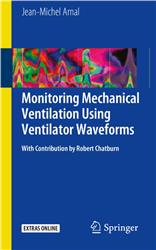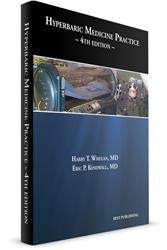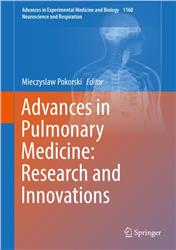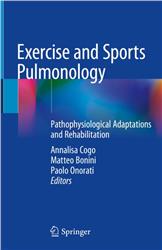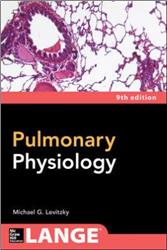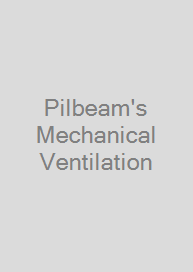Lung Biology and Pathophysiology
| Auflage | 2024 |
| Seiten | 290 pp., 51 illus. |
| Verlag | Taylor & Francis |
| ISBN | 9781032409023 |
| Artikel-Nr. | 761604 |
Lieferzeit ca. 2 Wochen
Produktbeschreibung
The lungs are the organ for gas exchange between the body and the external environment. Dysfunction of upper airway epithelium and smooth muscle cells leads to pathogenesis of asthma, chronic obstructive pulmonary disease (COPD), cystic fibrosis, and other conditions, resulting in airway inflammation and narrowing. Injury to alveolar epithelium and endothelium causes influx of neutrophil and protein-rich fluid from circulation, resulting in edema and disruption of gas exchange. In addition to lung structural cells, immune cells, including alveolar macrophages and lymphocytes play critical roles in the maintenance of lung function. This book contributes to the understanding homeostasis of lung cells in the physiological and pathological conditions critical to the development of novel therapeutics.
Key Features
Highlights the role the lungs play as an interface between the body and the environment
Describes the underlying mechanism of lung diseases
Emphasizes the ways nutrition contributes to lung health as well as the ways pollution adversely affect lung function
Includes contributions from leading researchers
Key Features
Highlights the role the lungs play as an interface between the body and the environment
Describes the underlying mechanism of lung diseases
Emphasizes the ways nutrition contributes to lung health as well as the ways pollution adversely affect lung function
Includes contributions from leading researchers
Fachzeitschriften

Bleiben Sie informiert!
Melden Sie sich für den frohberg.de-Newsletter an und nutzen Sie jetzt Ihre Vorteil:- Willkommens-Dankeschön: Beatmungsmaske Rescue Me
- Aktuelle Neuerscheinungen und Empfehlungen
- Exklusive Angebote und Kongress-Highlights



